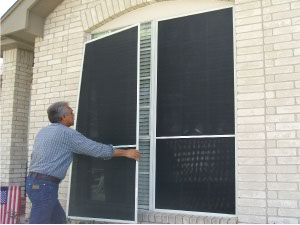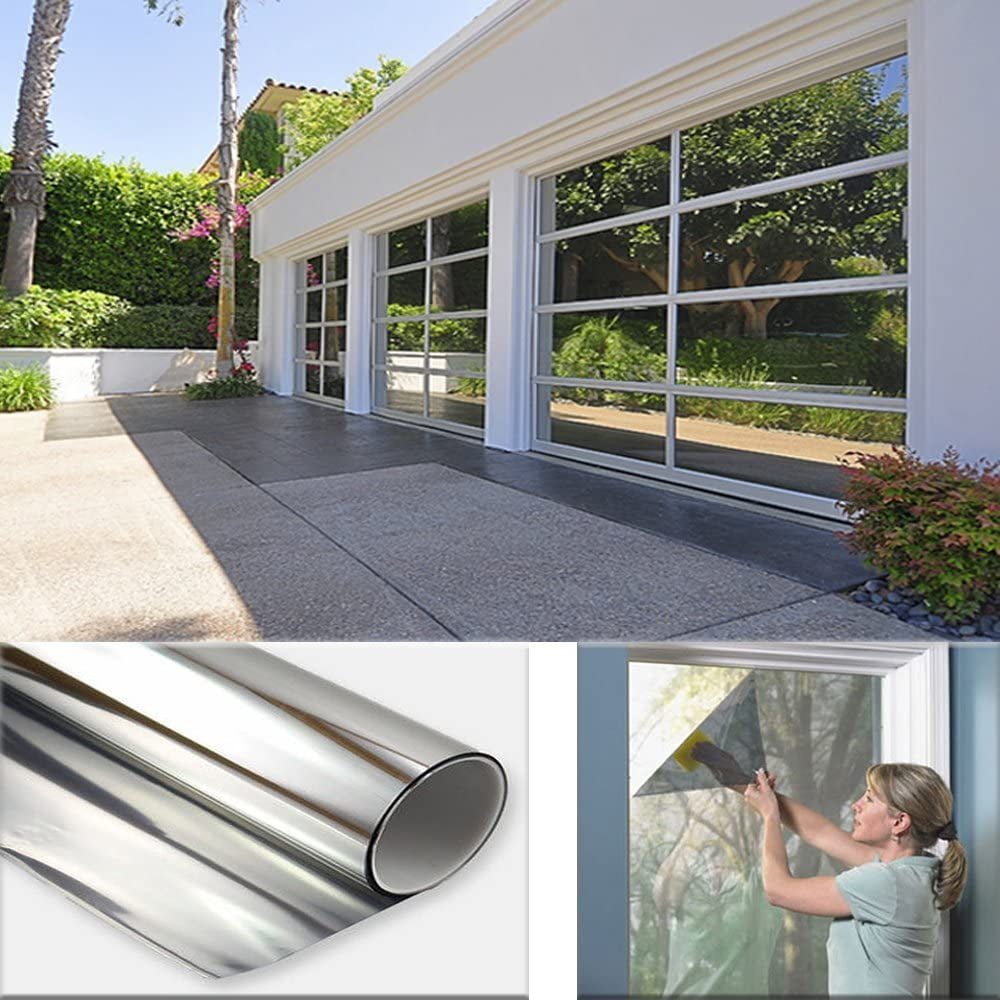
Depending on its position relative to the sun, a spacecraft is exposed to temperatures that range from 400 degrees above to 400 degrees below zero Fahrenheit. Little surprise when you consider the magnitude of the solar heat gain problem NASA faces. "What's the point of having a window if the blinds are always closed."Įarly window film applications were developed for the space program. And Vertes noticed tenants were keeping their blinds open more often. It was the thing tenants noticed the most," recalls Vertes. "Of all the things we did, the window film gave us the biggest feedback.
TINTED WINDOW SCREEN INSTALL
A more viable option, building management discovered, was to install window film.
TINTED WINDOW SCREEN WINDOWS
Among the initiatives was the idea of replacing the windows with double-pane, tinted glass - an option that would have involved a major capital investment.

But solar heat gain continued to plague tenants of the 26- storey, 270,000-square-foot building, so an energy conservation program was devised. "Our standard response was to say, "Keep your blinds closed," says The Sorbara Group's Emil Vertes, the property's general manager. The Dundas Edward Centre at 180 Dundas in Toronto had a problem with solar heat gain prompting a number of tenants to complain about comfort. When window film is professionally installed, it will last for decades while solar screens can deteriorate quicker over time.Myths About Window Film A clear understanding about window film and recognizing that there are myths, the owner-managers will have another tool for tenant satisfaction and retention. While they may be slightly more expensive at first, they typically last longer than solar screens and are easier to clean and maintain.

However, take into account the longevity and reliability of window films. If you’re looking for an inexpensive solution, solar screens may be the right product for you. They reduce glare, protect the interior against sun damage, and lower energy costs. Most homeowners opt for the transparency of window film because it allows natural light in while offering the same advantages as solar screens. When it comes to choosing between window film vs solar screens, one of the biggest deciding factors is how it changes the look and feel of your home.

They are also a popular option for passenger side windows on cars, especially with young children and on patios to keep the bright sunlight out or for more privacy. For this reason, they provide excellent energy efficiency and can lower your AC and heating bill. Solar screens deflect the sunlight, reducing the amount of heat that enters in the summer and escapes in the winter. The looser the weave, the better the visibility through the window, but the less it blocks the sun. The general rule of thumb for solar screens is that the tighter the fabric is woven, the better sun protection they offer but with the least amount of visibility. They are made of tightly-woven fabric and come in different styles and designs to match the aesthetics of your space. Solar screens mount to the interior or exterior of a home or building, typically as roller shades that can be wound up at the tops of windows. The great thing about window films is that they allow natural light to come through while filtering harmful UV rays for added safety. They become a part of the window and won’t compromise visibility, allowing homeowners or the occupants of a building to enjoy the view. Unless they’re etched or frosted, window films are completely transparent.

Although there are similarities between the two, solar screens and window films are different products.


 0 kommentar(er)
0 kommentar(er)
